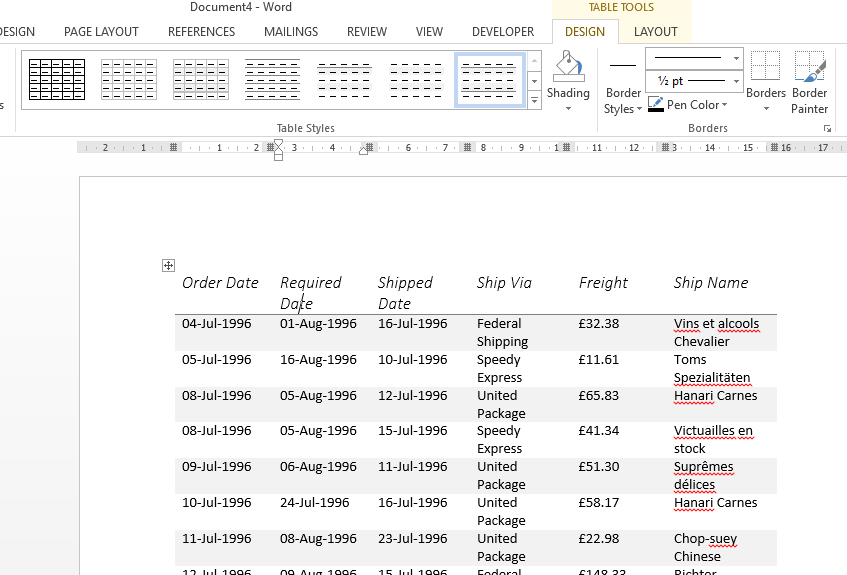

And Office 2019 added two more: Funnel and Map charts. Office 2016 debuted six new types of charts you can add to documents, spreadsheets, and presentations: Treemap, Sunburst, Waterfall, Histogram, Pareto, and Box & Whisker. Once you do so, it will be turned on across all your Office applications. (If you’re concerned about privacy, you’ll need to weigh whether the privacy hit is worth the convenience of doing research from right within the app.) If you haven’t enabled it, you’ll see a screen when you click Smart Lookup asking you to turn it on. Note that in order to use Smart Lookup in Word or any other Office app, you might first need to enable Microsoft’s intelligent services feature, which collects your search terms and some content from your documents. Don’t bother clicking the definition it doesn’t link out to the web.

I did the coal mining search twice once it returned one result from Wikipedia, and another time it turned multiple results (one for coal mining and another for “History of coal mining.”).Īs for the Define tab, the result is simple and straightforward: a definition of the word or term from the Oxford Dictionaries from Oxford University Press.

If you’re not pleased with the results of a search, I suggest doing the search again, because you might get different results. Each of the sections in the Explore tab has a More link underneath the results. Similarly, when I searched for “gravity waves,” the first two results were from Wikipedia, one for “Gravitational wave” and other for “gravity waves.” In instances like this in which there’s more than one Wikipedia entry, Wikipedia gets its own section in the Smart Lookup pane, followed by web search. For example, when I did a search on “coal mining,” the Wikipedia entry was first, followed by information from the World Coal Association. In the web search, the first result is often a Wikipedia entry, followed by a variety of other results. However, the image that you click will be the first image on the page.
#Table tool design word 2016 full
When you click an image in Bing image search, you’re not sent to the individual image, but instead to a page full of the results of the Bing image search. (Click image to enlarge it.)Ĭlick any result to go to the web page that is the source of the results. The results of a Smart Lookup for gravity waves. (For some odd reason, in some searches the web search is at the top of the page, in other searches the Wikipedia section is, and at other times the Bing image search is.) IDG By default, when you use Smart Lookup, it shows the Explore tab, which includes a Bing image search, a web search and an Explore Wikipedia search. The pane is divided into two tabs at the top - Explore and Define. (In Word 2016 this is called the Insights pane, while in Word 2019 it’s the Smart Lookup pane, but they work the same way.) Microsoft says that Smart Lookup uses the context around the words, not only the words themselves, to give you more relevant results. Word then uses Microsoft’s Bing search engine to do a search on the word or phrase and displays the results in the a pane that appears on the right side of the screen.

Right-click a word, or highlight a group of words and right-click them, and from the menu that appears, select Smart Lookup. Of 2 Use Smart Lookup for quick online researchĪnother new feature, Smart Lookup, helps you do research while you’re working on a document.


 0 kommentar(er)
0 kommentar(er)
